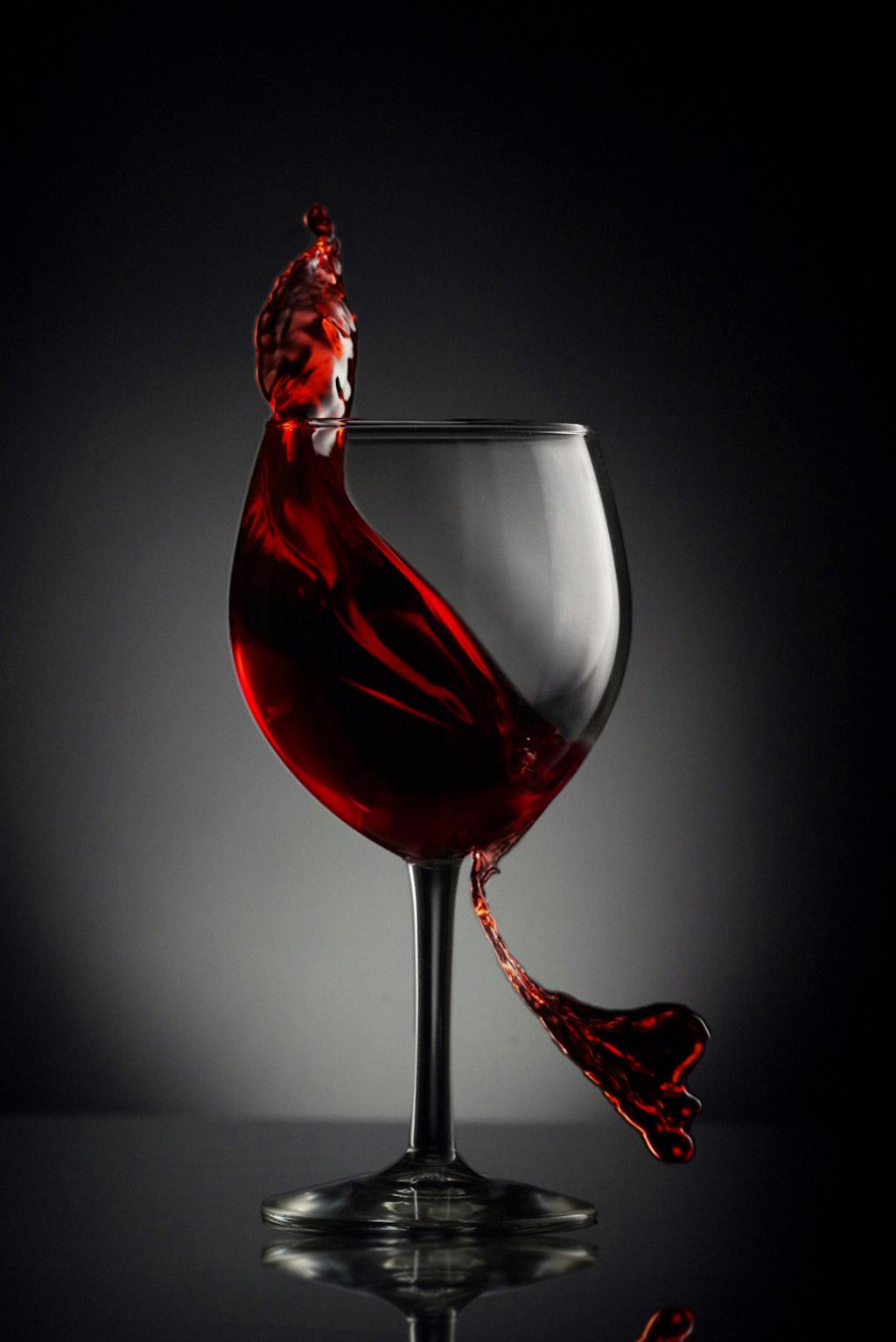When it comes to exploring the vast world of wine, it’s essential to understand the key differences between various grape varietals. In this article, we’ll delve into the distinct characteristics of two popular red wine grapes: Cabernet Sauvignon and Sangiovese. By unraveling their unique traits, we can appreciate the diversity they bring to the world of wine.
The Flavor Profile
Let’s kick off by examining the flavor profiles of these two grapes. Sangiovese, known for its distinctive Italian heritage, offers a medium body with high acidity and tannins. You’ll find yourself captivated by its tangy cherry flavors, accompanied by herbaceous undertones that lend an earthy complexity to the wine.
On the other hand, the mighty Cabernet Sauvignon presents a heavier body and firmer tannins. Its flavor profile bursts with black fruit notes, such as blackberry and cassis. Additionally, you may detect hints of mint and various spices that contribute to the wine’s alluring complexity.
Bouquets and Aromas
Delving deeper into the sensory experience, let’s explore the bouquets and aromas these grape varietals offer. Sangiovese delights the nose with its refreshing and vibrant scents of bright red cherries, wild strawberries, and aromatic herbs, reminiscent of an enchanting Italian countryside.
Cabernet Sauvignon, on the other hand, presents a captivating olfactory experience with its rich black fruit aromas, featuring blackcurrants, plums, and touches of black cherry. As the wine breathes, you may discover subtle notes of cedar, tobacco, and dark chocolate, enhancing the overall sensory journey.
Regions and Styles
Both Cabernet Sauvignon and Sangiovese thrive in various regions across the globe, each showcasing their unique expressions.
Sangiovese takes pride in its Italian roots, predominantly grown in the picturesque vineyards of Tuscany. Sangiovese shines in wines such as Chianti and Brunello di Montalcino, where its characteristic acidity and herbal flavors are celebrated.
Cabernet Sauvignon, on the other hand, has gained international recognition and is cultivated in numerous wine regions worldwide. Its undeniable success is evident in the esteemed wines of Bordeaux, Napa Valley, and Coonawarra, where it takes center stage in renowned blends and as a dominant single-varietal wine.
Food Pairing
When it comes to food pairings, both Cabernet Sauvignon and Sangiovese offer fantastic options.
Sangiovese’s high acidity and herbal notes make it a wonderful companion for Italian cuisine, particularly dishes featuring tomato-based sauces, grilled vegetables, or hearty pasta dishes. Its versatility extends to pairing with a variety of meats, from roasted poultry to succulent lamb.
Cabernet Sauvignon’s full-bodied nature and firm tannins complement bold, rich flavors exceptionally well. It is a superb match for red meats such as prime rib, grilled steak, and lamb chops. Additionally, aged Cabernet Sauvignon can stand up to robust cheeses, making it an excellent choice to enjoy alongside a cheese platter.

Bulk Wines and Premium Bottles
Both Cabernet Sauvignon and Sangiovese have the potential to produce outstanding wines in both bulk and premium categories.
In terms of bulk wines, these grapes offer affordability without compromising on flavor. When carefully crafted, Sangiovese can deliver juicy, everyday wines perfect for casual gatherings. Similarly, Cabernet Sauvignon can be the backbone of dependable table wines that satisfy a broad range of palates.
On the premium side, both grape varietals shine brightly. Sangiovese showcases its true potential in esteemed wines like Brunello di Montalcino, where it undergoes meticulous aging to unveil its complex nuances. Cabernet Sauvignon boasts iconic bottles such as those from Bordeaux’s First Growth estates, which exemplify its capacity for producing age-worthy, collectible wines.
